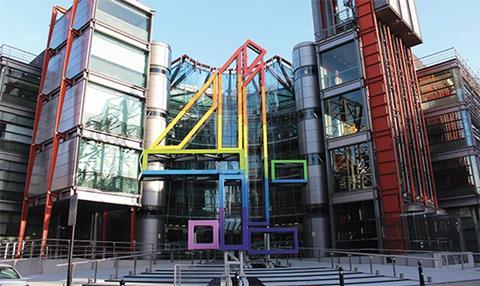EY report estimates that broadcaster’s contribution to sector will slump 29% if privatisation proceeds

The privatisation of Channel 4 would cost the creative economy £2.1bn over a decade, with half the losses coming from the nations & regions, according to an EY report.
The 73-page report, which was commissioned by C4, found that removing its publisher broadcaster model would cause its GVA (gross added value) contribution to plummet by 29% - from a projected £7.2bn to £5.1bn.
The estimation is based on any new owner of C4 investing 66% of spend on in-house production, in line with ITV’s investment in ITV Studios.
Spend in the nations and regions could fall by 37% from £2.8bn to £1.8bn.
The reduction in investment would have a direct impact on jobs. EY estimates that the annual average number of TV-supported roles would drop by 26% to 7000, from 9500. Some 1250 jobs in the nations & regions would be affected – a reduction of more than one-third (35%).
EY anticipates that small and medium-sized producers would be hardest hit – with firms with turnover of less than £5m and £5m-25m each suffering declines of 14% in their income from primary commissions.
Large producers (£25m-70m-plus) would suffer less with a 6% drop.
EY’s forecast is based on an assessment of direct commissioning and as a result is lower than Pact’s £3.7bn negative impact on the creative economy, which included the knock-on effect of a sale on international sales.
The analysis concluded that a privatised C4 would have “adverse impacts for the creative economy, with a risk that the N&R would be disproportionally affected”.
The report also set out fears about the creative impact of privatisation - finding that a commercial owner would “be incentivised to prioritise mainstream content” and wouldn’t have an “appetite” for taking risks on new talent.
A EY report published earlier in the year showed that in 2019 C4 contributed £1bn to the national economy, including £274m in the nations & regions. The broadcaster supported more than 10,000 jobs over the 12-month period, including 3,000 jobs outside of the capital.





























No comments yet